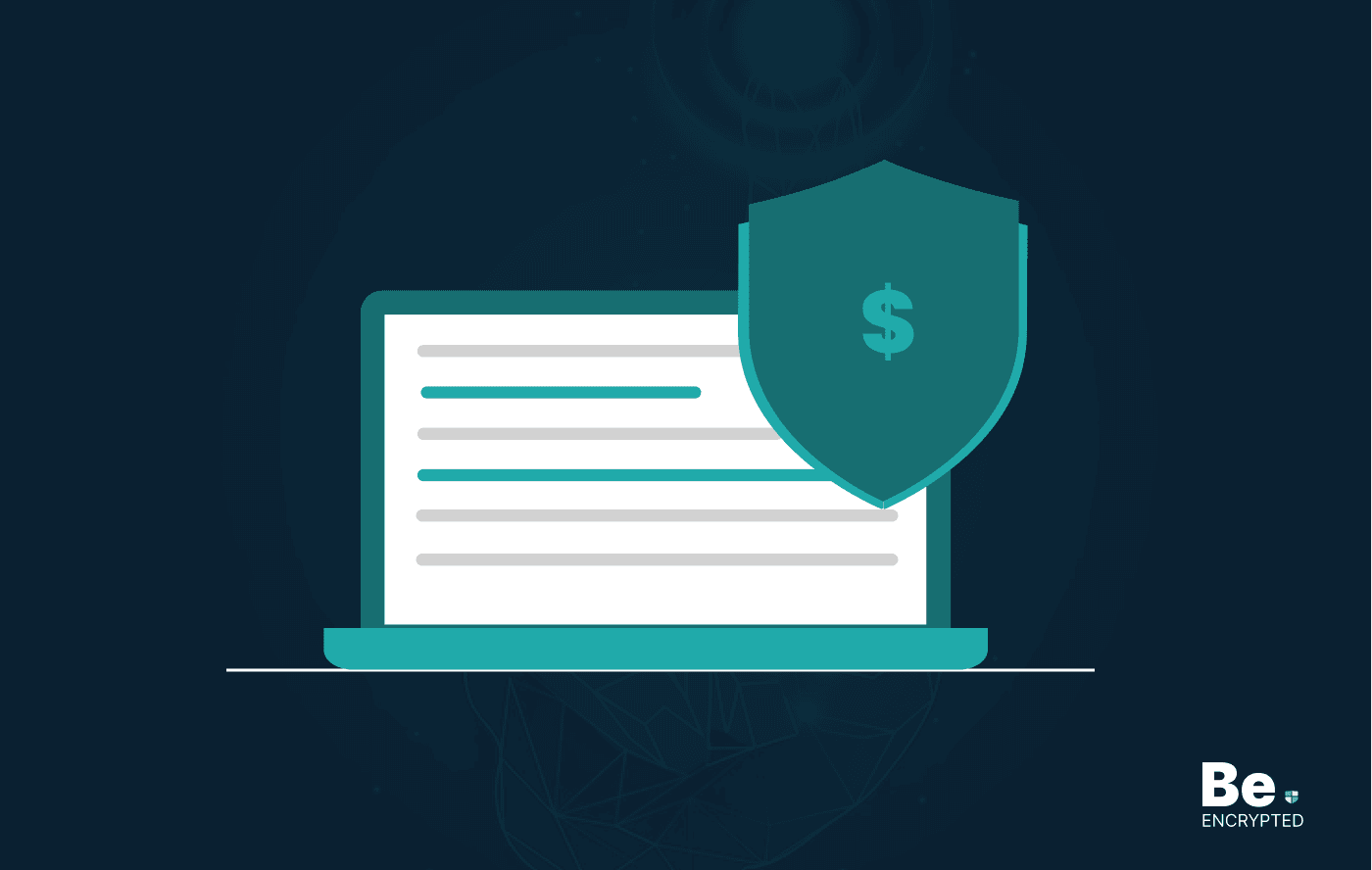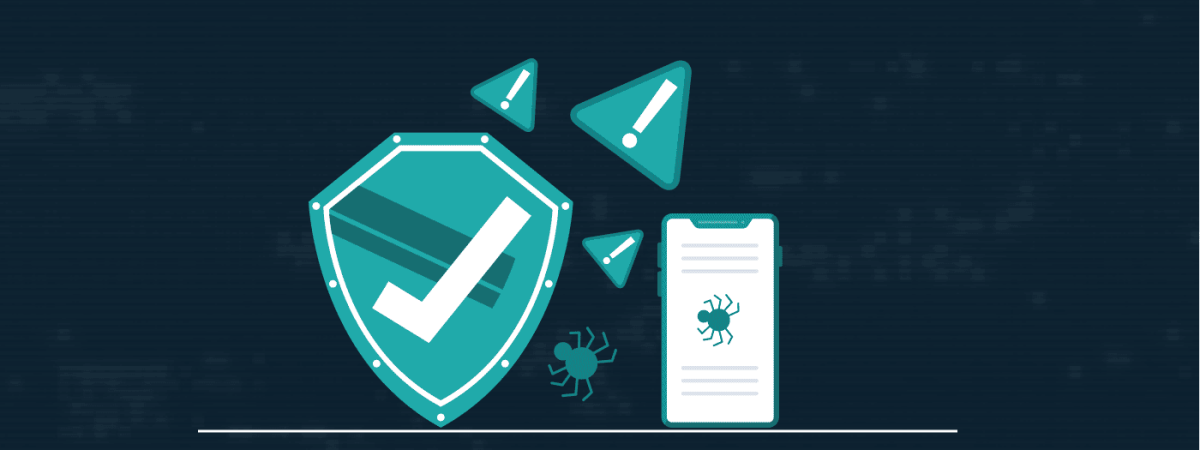The recent studies by Cybersecurity Ventures reveal that by 2021 cybersecurity damages might cost organizations $6 trillion. If you’re a small business without dedicated IT resources, all these stats may shock you.
Each day, small and medium-sized business networks are subjected to such risks. Any worker can access files from some insecure location. The employee can mistakenly click on some fake email that seems natural from any unknown source to spread malware. An outdated software application can present a vulnerability that allows unauthorized access. Protecting your business is extremely important and requires a responsive strategy.
Falling victim to file-based attacks can result in significant problems for SMBs. An attack can cause damage to critical data stored within the organization’s system. Such massive loss can force the organization to halt its operations, resulting in financial loss. This also affects their name in the stock exchange market even though they have complete guidance on trading.
But, if a customer’s sensitive data is compromised, the company might face legal inquiries and lawsuits. It will not just hit their overall reputation but discourage customers from doing business with them.
Despite all these risks, SMBs still invest little in cybersecurity. Luckily, new and improved solutions focusing on file-based attack protection are emerging. In this post, we’ve compiled ways SMBs can reduce the risks of these attacks. Let’s discuss them one by one.
Ways to Reduce the Risk of Such Attacks
You all have understood the threats and risks imposed by file-based attacks. Moving forward, we must put our heads together to develop solutions to tackle this growing issue.
Here are some ways or, let’s say, security practices that help reduce and prevent such attacks.
Use of Email and Strong Spam Filters
In 2019, 293 billion business and customer emails were received on average daily. The number is predicted to increase to 347 billion by 2024. This spam has become an increasingly effective method of cyber-attacks. It was found that 14.2% of people used one of these spam emails in 2018.
Work emails are vulnerable and can exploit you. Without taking this matter seriously, employees click on spam email links, download, and run dangerous attachments. Most small businesses also rely on the free email accounts that come with their website hosting packages. However, they aren’t aware that such accounts are not properly secured and don’t have the necessary filtering and security features that scan malicious emails.
Companies must integrate strict spam filters to mitigate risks that can protect who hits the companies’ inboxes by blocking spam emails. Another flexible measure is to adopt a solution such as encrypted email solutions. Such email services act as proxy mail for a company’s mail server, seizing any incoming mail with potentially damaging attachments.
Carefully Detect Phishing Attacks and Train Employees
Preventing file-based attacks requires users to change their conventional behavior and mindset. This most notably includes ensuring they successfully detect social engineering attacks such as phishing attacks.
Phishing is a name given to the fake practice of sending deceiving emails to get a hold of financial and personal information from an unknown source. The extensive email communication has made it one of the most common cyber-attack.
Such emails are usually sent to replicate accurate correspondence from reliable, trustworthy sources like financial institutions, HR, or government offices. SMBs must train their employees to spot any suspicious emails and links. Staff should be taught to cross-check the downloaded file for legitimacy and safety.
Improve Access Control
Most SMBs use servers or cloud storage to keep and share files with clients and employees from any device. These can be a cost-effective solution that also prevents sensitive data loss. But, without proper security measures, such online components might get exposed to attacks.
Because users often use weak passwords, which hackers quickly break down. Hackers do not just steal valuable data but also insert malware in the stored documents to spread the malware further.
To ensure the safety of all accounts, organizations should start using identity and access management platforms. This service can authenticate the working staff and give them access to various applications or files in the cloud. It also characterizes multi-factor authentication to provide some additional layer of security to secure them from unauthorized access.
Focus on Security
Cybercriminals like to target SMB companies because of their mentality and mindset. The SMBs think that cybercriminals will only attack the big giant organizations. However, there is no such thing as small for hackers in this era.
According to the stats, 43% of cyberattacks were made on SMBs. With this ratio, the organization must focus on security and take it seriously. Organizations are now looking for security tools and practices which can benefit them.
Enterprises should integrate themselves with the necessary tools and educate their employees regarding protecting themselves from cybersecurity threats: SMBs secure their business and their clients and staff from the clutches of hackers.
Use Anti-Virus and Anti-Malware Tools
These tools are famous for providing a high level of endpoint security, which protects organizations against signature-based attacks and scans files for malicious threats by checking against threat intelligence databases. Remember, anti-virus solutions provide limited protection against new and more advanced cyber threats. Therefore, another security option that provides an extra layer of security should be considered as a VPN.
Conduct Vulnerability Assessment Regularly
The fundamental changes to the organization’s IT environment involving big data, cloud computing, and IoT make the threat-hunting process significantly tricky. It is so because the security teams are chasing an ever-increasing list of technologies, software, and many customers’ and staff’s sensitive data.
In this era, the lack of resources and manpower to conduct regular assessments and scans is alarming. Do consider hiring a threat expert and vulnerability management service provider.
Cybersecurity Monitoring
It is an essential element of cyber risk management that allows you to recognize attacks early. Moreover, it also accelerates threats for remediation before they can cause much damage to your business.
Conclusion
As file-based attacks increase significantly, it becomes the job of every individual to play their part in equipping themselves with the most appropriate tools to protect their data. Cybersecurity must be a priority, and everyone should start looking for capable security solutions that help in data protection and reduce any damage resulting from such file-based attacks.
Share this article
About the Author
Rebecca James is an IT consultant with forward thinking approach toward developing IT infrastructures of SMEs. She writes to engage with individuals and raise awareness of digital security, privacy, and better IT infrastructure.
More from Rebecca JamesRelated Posts

How to Avoid Restrictions When Gambling Online
The figures of people who like online gambling are continuously increasing. Over 155.3 million peopl...

20 Best Penetration Testing Tools For Security Professionals
KEY TAKEAWAYS If you’re in a hurry, then have a look at the list of 20 best penetration testin...

The Role of Developer Security as a Standard in the Software Development Process
Also known as developer-first security, developer security refers to building software while shiftin...

How To Detect Hidden Cameras And Listening Devices? A Complete Guide
Many people feel like someone is watching them or listening to their conversations. They may be righ...

What Is Virtual Firewall And How It Help Us?
Our cybersecurity team is continuously working for the welfare of people by finding out and preventi...

7 Tips to Conquer Ransomware Attacks
Ransomware attacks are growing frequently and affecting every sector of the business industry. These...


